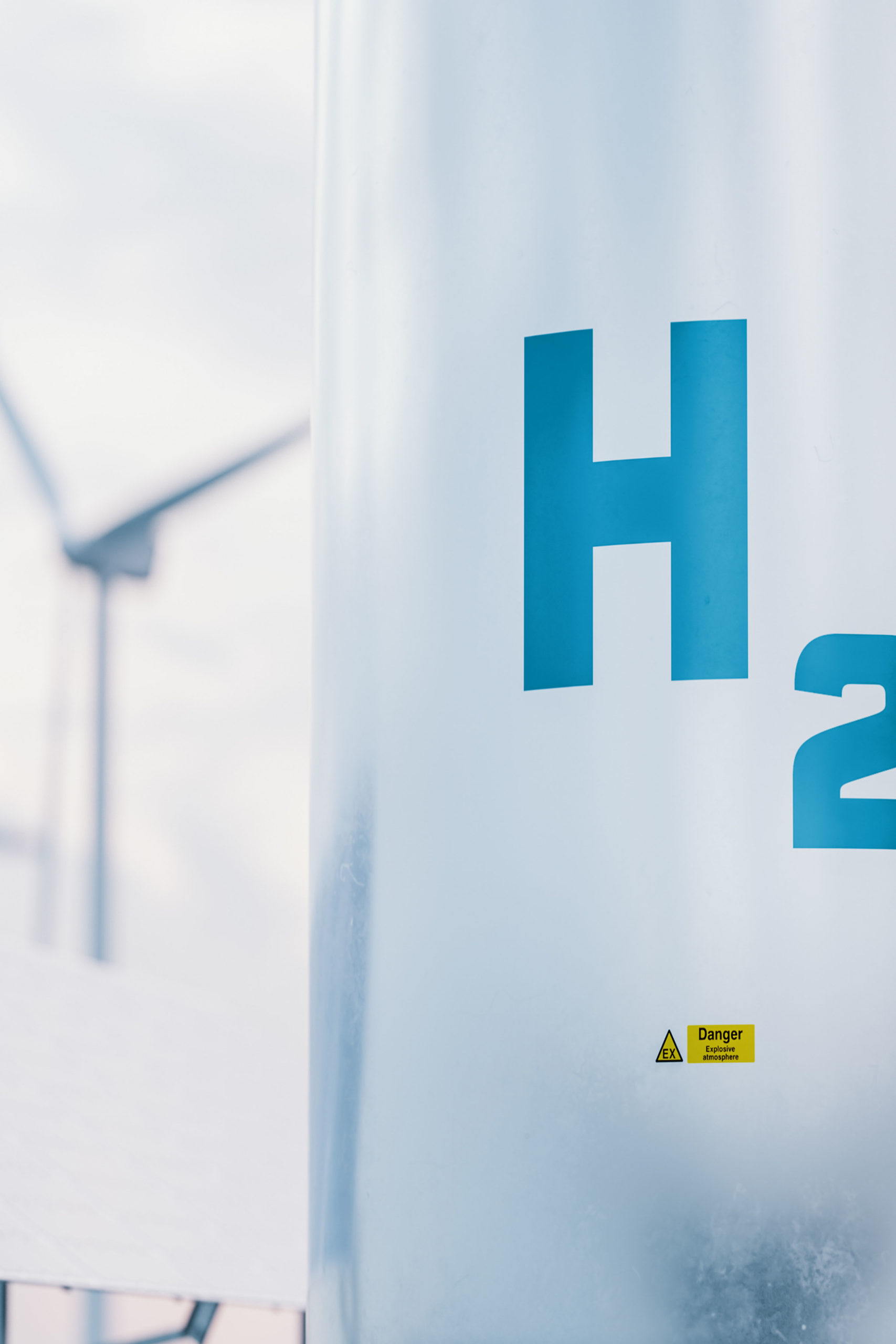Energy Optimisation & Flexibility
Delivering energy optimisation and enabling flexibility for your power generation and consumption assets, we’ve got the platforms, insights, and trading capabilities needed to maximise your market opportunities while supporting balancing of the power grid.

Plan, Optimise & Execute with Direct
Centrica Direct is our market-leading optimisation and flexibility management software that's powered by the FlexPond platform and provides your assets with access to the day-ahead, intraday and ancillary service markets.
Simplifying planning, optimisation, and execution of your day-to-day operations through integrated intelligent planning, market insights, automated AI-enabled trading and access to our 24/7/365 operational duty and trading teams, Direct provides the tools you need to maximise market opportunities whilst minimising risks.

Virtual Power Plant & Market Optimisation
Aggregating decentralised energy resources such as wind farms, solar parks and CHP Units, our Virtual Power Plant (VPP) allows your assets to achieve a bid size and generation profile that enables participation in flexibility balancing markets.
Enabled with Centrica Direct to simplify integration of your assets with our VPP, you’ll be supported by automatic monitoring, forecasting, optimisation and trading that supports your ability to capture market opportunities whilst never compromising stability of your operations.

Electrolysers & Batteries
Operating at the forefront of the energy system transformation, we’re determined to help you deliver on your commercials goals and maximise the returns on your sustainable investments into new energy technologies. Leveraging state-of-the-art AI and algorithms, we’ll help you capture and capitalise on market opportunities in real-time.
Get in touch

Belgium
Thibaut Quetel
Manager, Head of Origination Belgium
Thibaut.Quetel@centrica.com

UK
Richard Boydell
Manager, Head of Origination UK
Richard.Boydell@centrica.com

Nordics
Bhavuk Chugh
Manager, Head of Origination Nordic
Bhavuk.Chugh@centrica.com

Germany
Jan Gibbert
Manager, Head of Origination Germany
